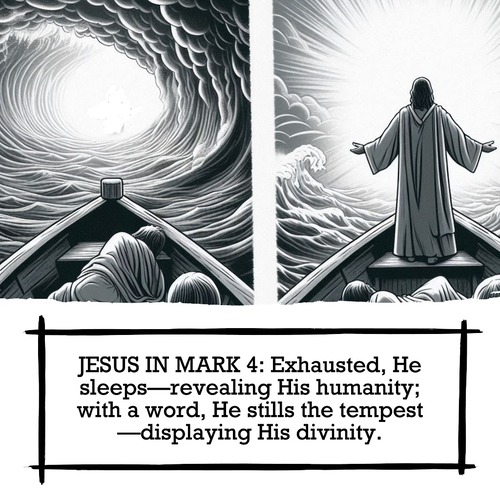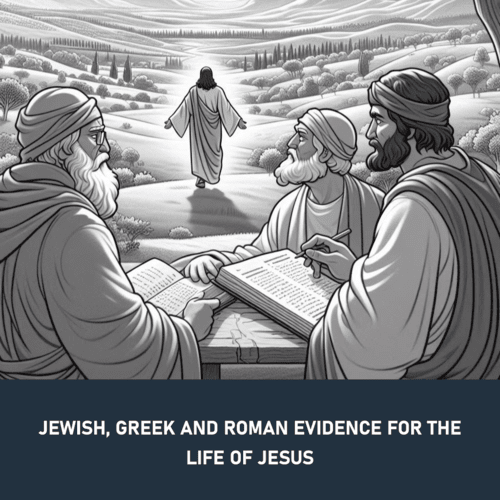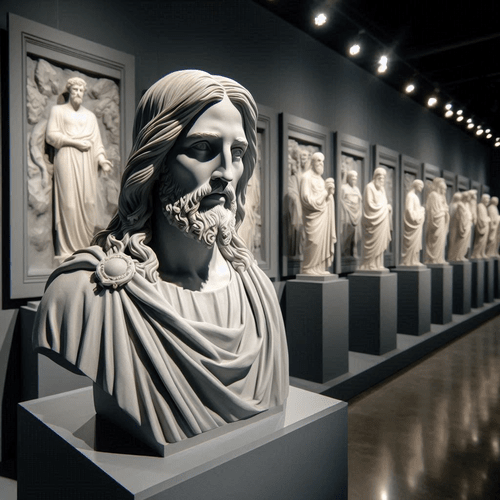The Divine Romance: Finding Jesus in the Song of Solomon
Of all the books in Scripture, perhaps none has puzzled readers more than the Song of Solomon. With its vivid imagery, passionate poetry, and romantic themes, many Christians wonder: what exactly is this book doing in our Bible? And how does it relate to Jesus Christ?
For us in the Reformed tradition, the answer lies in seeing the Song not merely as a celebration of human love, but as a divine revelation of Christ’s relationship with His Church. Let’s explore this rich connection.
HISTORICAL REFORMED INTERPRETATIONS
Throughout church history, godly readers have recognised something deeper in the Song of Solomon than just a marriage manual. The early church fathers read it allegorically, seeing in its poetry the love between Christ and His people.
The Puritan tradition especially embraced this approach. Jonathan Edwards wrote the Song reveals “the Son of God’s love to the church from all eternity,” while John Owen saw it as depicting “the mutual love of Christ and the church, with the several degrees of its carrying on.”
Reformed covenant theology provides a framework for understanding this: God has always related to His people through covenant relationships, with marriage serving as the most intimate human picture of this divine bond.
CHRIST AS THE ULTIMATE BRIDEGROOM
When we read the Song of Solomon through a Christological lens, we see Solomon as an imperfect type pointing forward to the perfect Bridegroom—Jesus Christ. Scripture repeatedly uses marriage imagery to describe God’s relationship with His people:
- “Husbands, love your wives, as Christ loved the church and gave himself up for her” (Ephesians 5:25)
- “Let us rejoice and exult and give him the glory, for the marriage of the Lamb has come, and his Bride has made herself ready” (Revelation 19:7)
- “And I saw the holy city, new Jerusalem, coming down out of heaven from God, prepared as a bride adorned for her husband” (Revelation 21:2)
These passages reveal that earthly marriage was designed from the beginning to portray the greater reality of Christ’s covenant love for His Church.
KEY CHRISTOLOGICAL THEMES IN SONG OF SOLOMON
The Song brims with themes that powerfully reflect the relationship between Christ and believers:
- Exclusive devotion: “My beloved is mine, and I am his” (Song 2:16). Just as the lovers in the Song belong completely to each other, Christ claims His people as exclusively His own, and they find their identity in belonging to Him.
- Sacrificial love: “Love is strong as death… Many waters cannot quench love, neither can floods drown it” (Song 8:6-7). What better description of Christ’s love demonstrated at Calvary? A love stronger than death itself, which no power can extinguish.
- Beauty of the beloved: “Behold, you are beautiful, my love” (Song 1:15). Though we are marred by sin, Christ sees His bride as beautiful. Through His redemptive work, He is making the Church “without spot or wrinkle” (Ephesians 5:27).
- Pursuit and protection: The bridegroom in Song 3:6-11 comes with great pomp to claim his bride. Similarly, Christ has pursued His people at infinite cost and promises to return in glory for them.
TYPOLOGICAL CONNECTIONS
Reformed interpretations recognise Solomon himself was an inadequate picture of the perfect Bridegroom. His many wives and eventual spiritual compromise highlight the need for the greater Son of David who would never fail.
The garden imagery throughout the Song recalls Eden and points forward to the restoration of all things. The abundant feasting scenes foreshadow the wedding supper of the Lamb (Revelation 19:9).
Even the progression of the Song—from initial attraction to consummated union—mirrors the believer’s journey from first faith to final glory when we shall see Christ face to face.
APPLICATION FOR BELIEVERS TODAY
Reading the Song of Solomon christologically transforms how we approach both the text and our relationship with Christ:
- It calls us to intimacy with Christ as our primary relationship, seeking Him with the same devotion as the bride who searches for her beloved.
- It helps us understand our identity as Christ’s beloved—cherished, pursued, and delighted in.
- It challenges us to prepare ourselves as a pure bride awaiting her bridegroom, living in faithfulness to our covenant Lord.
- It fills us with anticipation for the day when Christ returns to claim His bride and the divine romance is fully consummated.
CONCLUSION: JESUS IN THE SONG OF SOLOMON
Far from being merely an ancient love poem, the Song of Solomon offers believers a window into the heart of God for His people. Through its passionate imagery, we glimpse something of Christ’s affection for His Church—a love stronger than death, more precious than silver or gold.
As we read this remarkable book, let’s ask the Spirit to open our eyes to see beyond the human romance to the divine reality it signifies. For in these ancient love songs, we find whispers of the greatest love story ever told—the story of a divine Bridegroom who gave everything to win His bride.
“Set me as a seal upon your heart, as a seal upon your arm, for love is strong as death…” (Song of Solomon 8:6)
JESUS IN THE SONG OF SOLOMON: RELATED FAQs
Did Calvin write a commentary on the Song of Solomon? John Calvin notably did not write a commentary on the Song of Solomon, which is significant given his extensive work on most other biblical books. Some scholars suggest he may have been uncomfortable with the book’s sensual imagery, while others believe he simply prioritized other texts. Calvin’s silence has actually created space for diverse Reformed interpretations in subsequent generations.
- How do contemporary Reformed scholars approach the Song’s explicit sensual imagery? Contemporary Reformed scholars like Iain Duguid and Tremper Longman affirm both the book’s celebration of human sexuality within marriage and its deeper Christological significance. They argue we don’t need to choose between literal and allegorical readings—the Song genuinely celebrates God-ordained marital love while also pointing typologically to Christ’s love for the Church. This “both-and” approach honours the text’s human dimension while preserving its spiritual applications.
- Does the Song of Solomon contain any messianic prophecies? Unlike Isaiah or the Psalms, the Song of Solomon doesn’t contain direct messianic prophecies. Instead, it functions typologically, with the royal bridegroom foreshadowing Christ’s role and character. Reformed theologian Edmund Clowney noted the Song provides imagery and relational patterns that New Testament writers later apply to Christ, particularly in Paul’s writings and Revelation.
- How does the Reformed view differ from Catholic interpretations of Song of Solomon? The Reformed view places greater emphasis on the covenant framework when interpreting the Song, seeing it as a picture of Christ’s relationship with the elect Church collectively. Catholic tradition, especially in mystical theology, has often emphasised the Song as depicting the individual soul’s union with God. Both traditions, however, share the foundational understanding that the book transcends mere human romance.
- How did Charles Spurgeon use the Song of Solomon in his preaching? Charles Spurgeon, the “Prince of Preachers,” frequently drew from the Song in his sermons, citing it over 400 times. He particularly loved texts like “Your name is oil poured forth” (1:3) and “My beloved is mine, and I am his” (2:16), using them to expound on Christ’s beauty and the believer’s intimate union with Him. Spurgeon’s approach exemplifies the devotional power Reformed preachers have found in applying the Song christologically.
- Does the Reformed approach to Song of Solomon risk devaluing human sexuality? Some critics worry that allegorizing the Song diminishes its celebration of human sexuality. However, thoughtful Reformed interpreters such as Richard Davidson and Bruce Waltke maintain the Song genuinely affirms God’s design for physical intimacy within marriage while simultaneously pointing to something greater. They argue seeing Christ in the Song actually elevates human marriage rather than diminishing it, as physical union becomes a God-ordained picture of spiritual realities.
How does the Hebrew poetic structure of the Song enhance our understanding of Christ? The Song’s intricate Hebrew parallelism and chiastic structures create meaningful patterns that Reformed scholars have connected to Christ’s redemptive work. For example, the movement from separation to reunion throughout the book parallels the believer’s experience of spiritual darkness and restoration. Herman Witsius and other Reformed scholars have noted how the Song’s poetic intensification mirrors the way New Testament realities fulfil and exceed Old Testament types.
JESUS IN THE SONG OF SOLOMON: OUR RELATED POSTS
Editor’s Pick
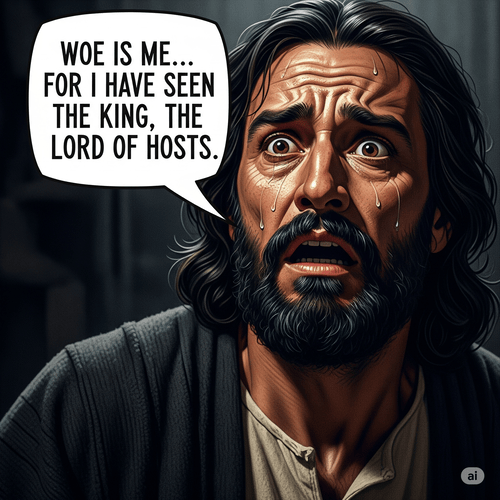
The Terror of Meeting God: What Isaiah 6 Reveals About Divine Holiness
WHEN ‘WOE IS ME’ IS THE ONLY PROPER RESPONSE TO A GLIMPSE OF GOD Picture this: You’re a prophet of [...]

Is the Holy Spirit Present in Unbelievers? The Biblical Answer
Can someone who doesn’t believe in Jesus Christ have the Holy Spirit living inside them? This question strikes at the [...]

The Gap Theory Exposed: Why Embrace a Young Earth?
The Gap Theory proposes there’s a vast time gap—millions or billions of years—between Genesis 1:1 (“In the beginning God created [...]

Rethinking Sickle Cell Anaemia: A Case for Intelligent Design
Sickle cell anaemia presents what many consider evolution’s strongest card—a genetic condition that causes suffering yet provides protection against malaria. [...]

‘Bad’ Design: Flaw in Nature Or Flaw in Our Perspective?
When the Eiffel Tower was first proposed, critics called it a monstrous eyesore that would ruin Paris forever. Today, it’s [...]

The Problem of Divine Absence: How Do Believers Cope?
WHEN GOD SEEMS FAR: THE GREAT DISCONNECT Ever wondered why God seemed so close to Joseph in his Egyptian prison, [...]

Is ‘Gay Christian’ a Biblically Acceptable Identity to Have?
THE QUESTION OF IDENTITY IN BIBLICAL PERSPECTIVE The term “gay Christian” has become increasingly common in contemporary religious discourse, representing [...]
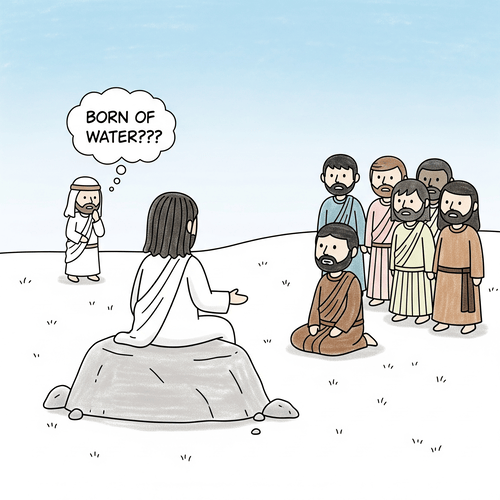
What Does ‘Born of Water’ in John 3:5 Mean?
THE REFORMED VIEW VS OTHER INTERPRETATIONS ”Jesus answered, ‘Truly, truly, I say to you, unless one is born of water [...]

The Lordship Salvation Controversy: What’s It All About?
Can someone be truly saved without making Jesus Christ their Lord? The question sits at the heart of one of [...]

1 John 5:6: How Do Water and Blood Reveal Jesus’ True Identity?
"This is he who came by water and blood—Jesus Christ; not by the water only but by the water and [...]


